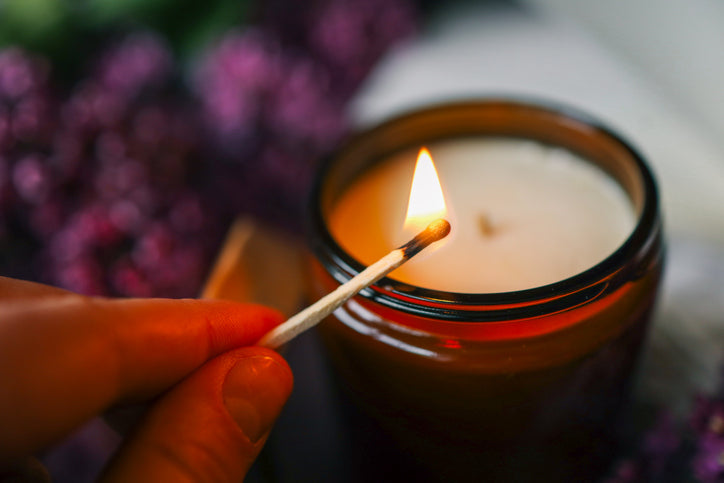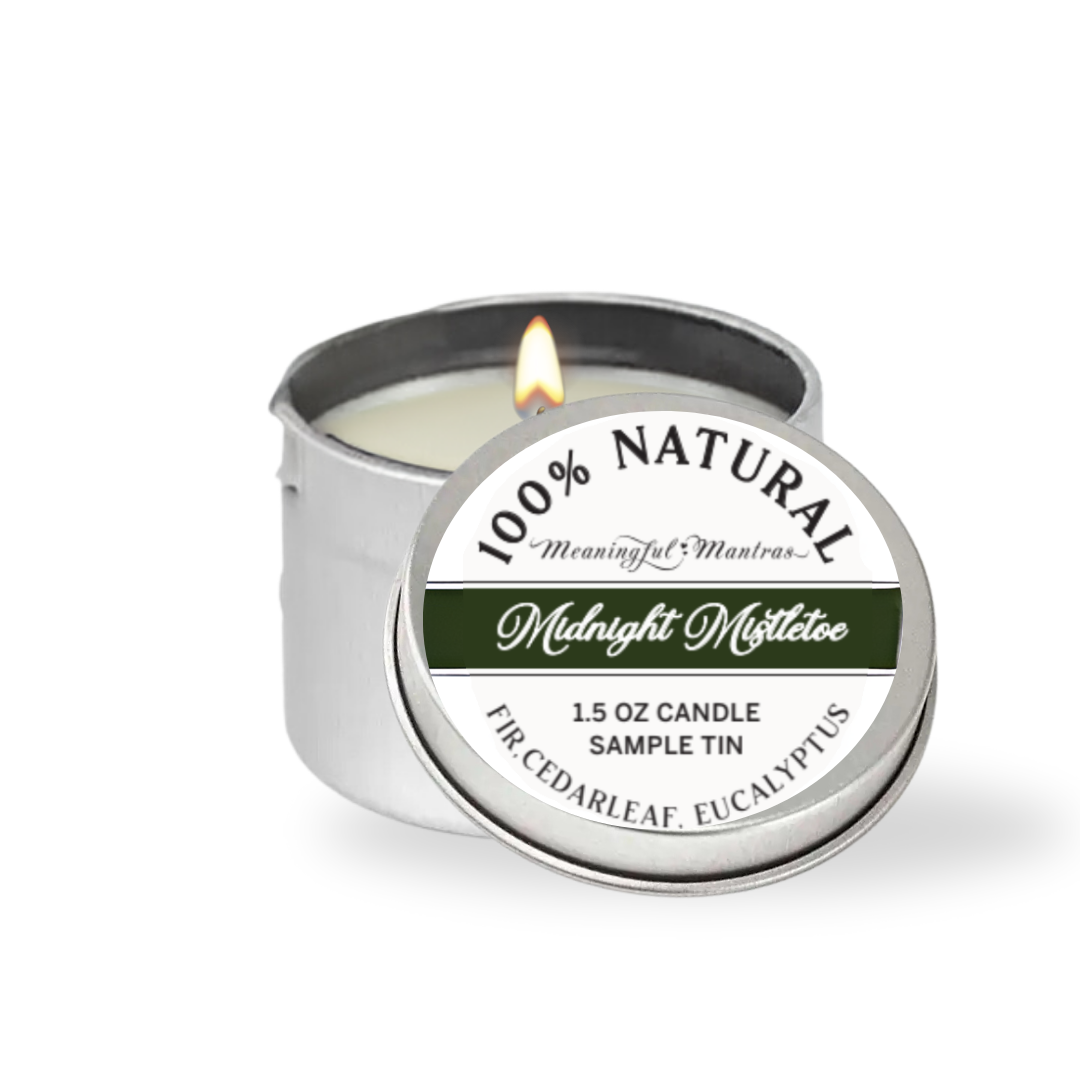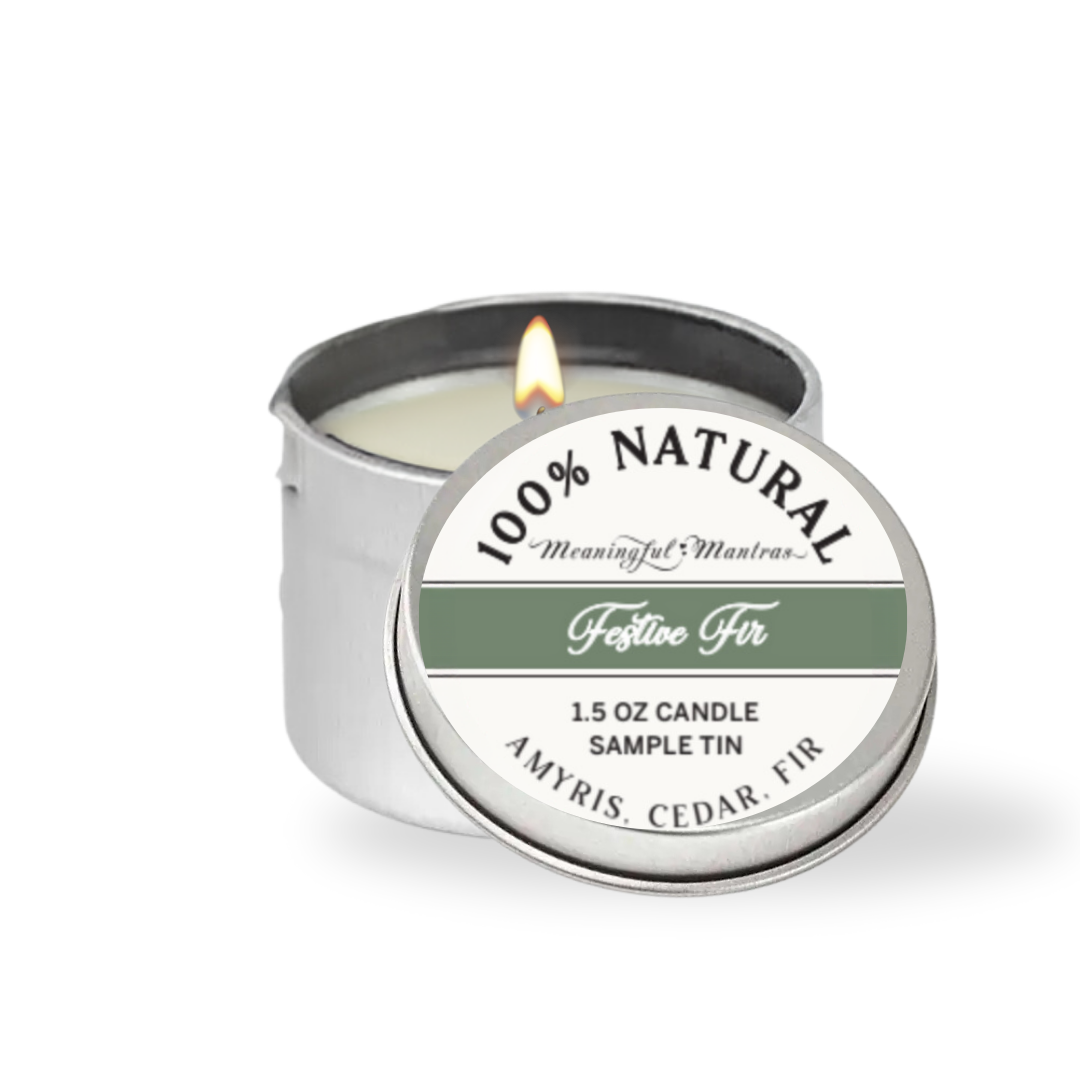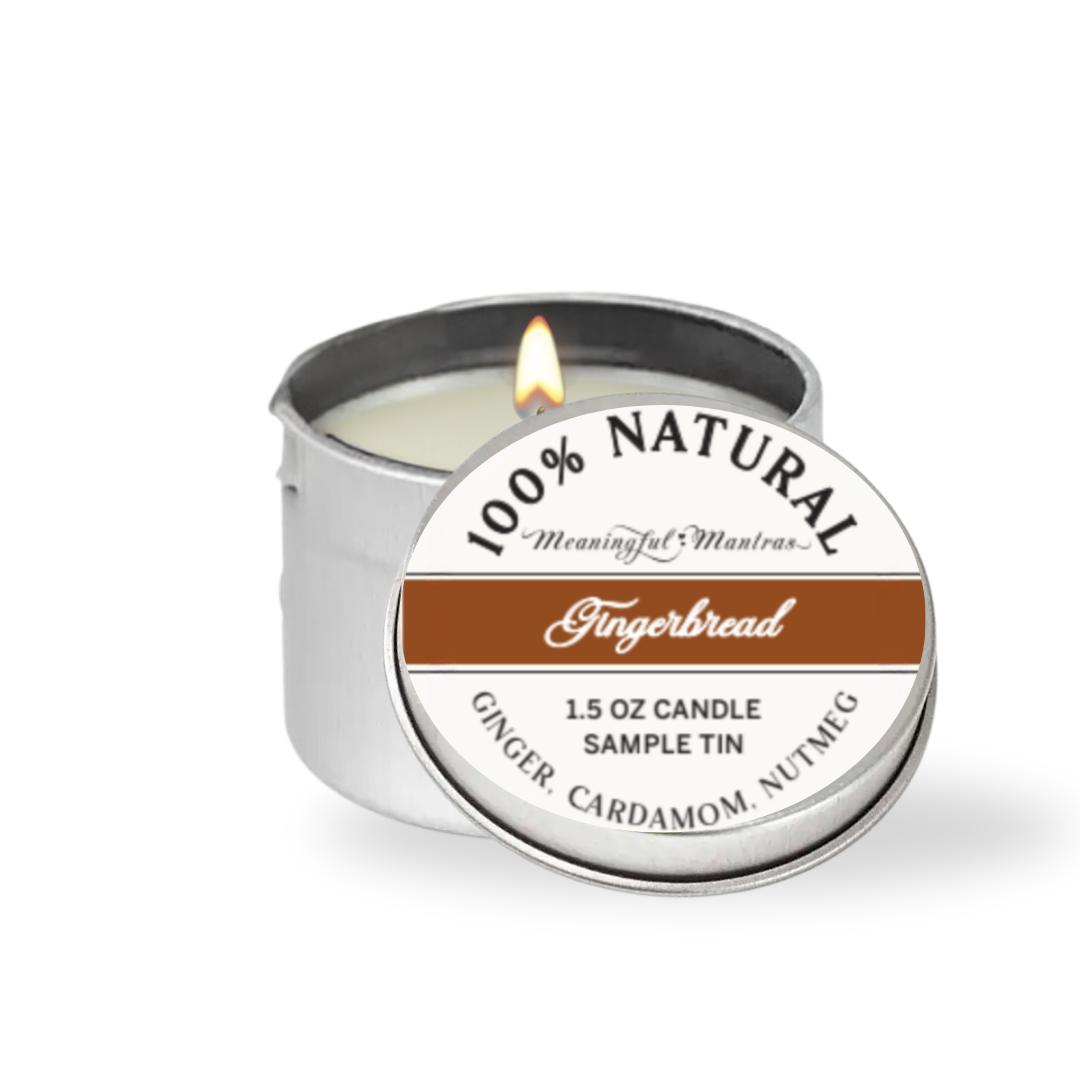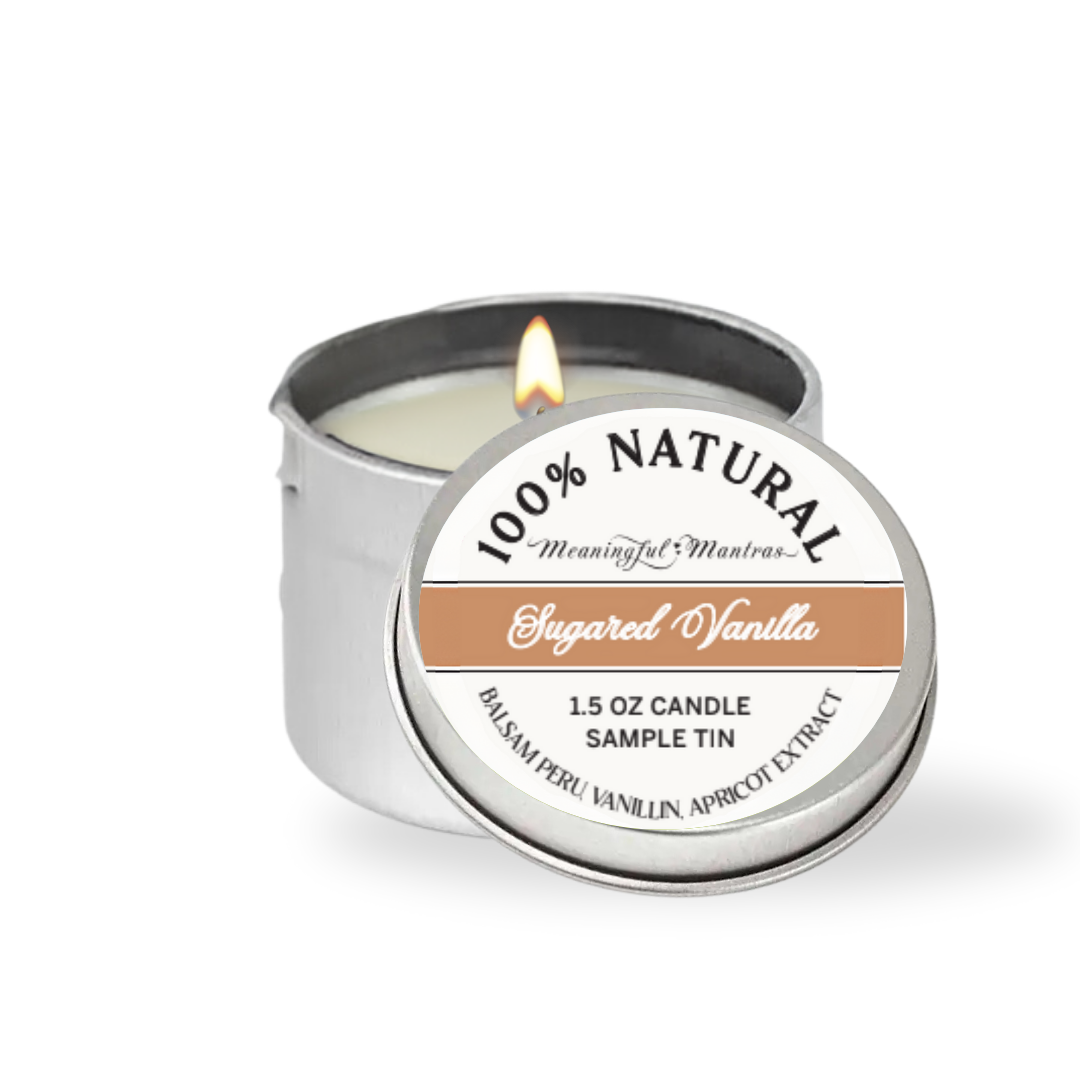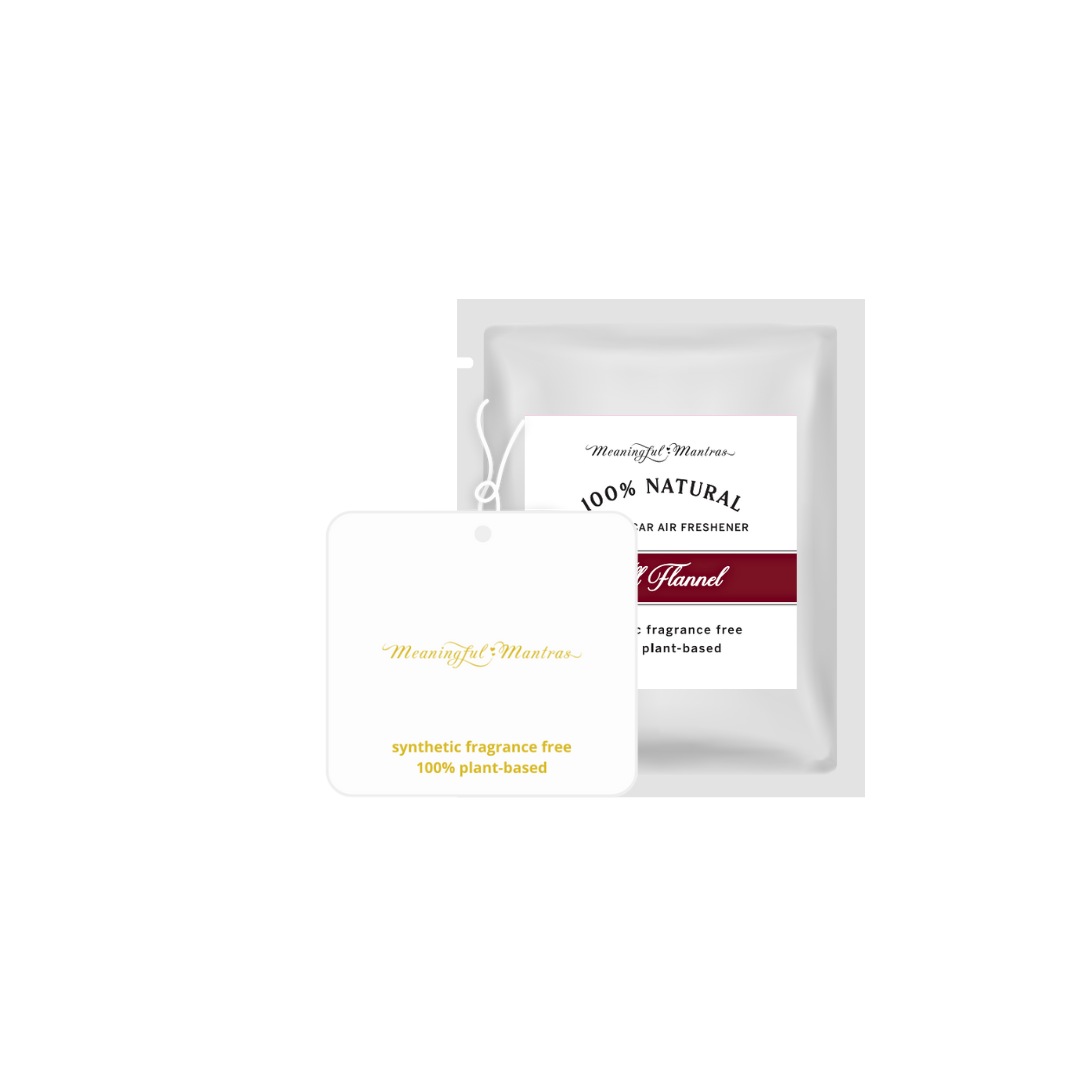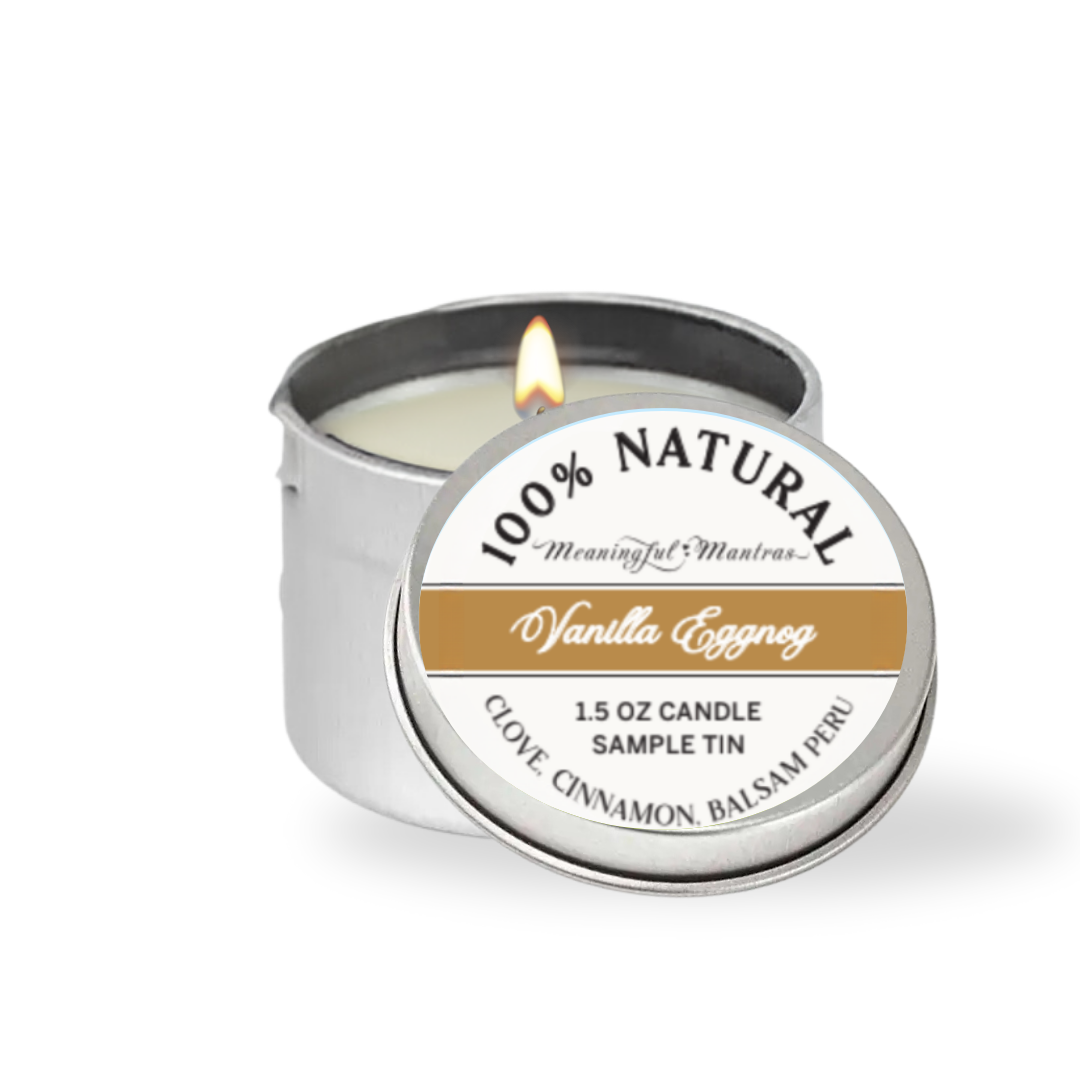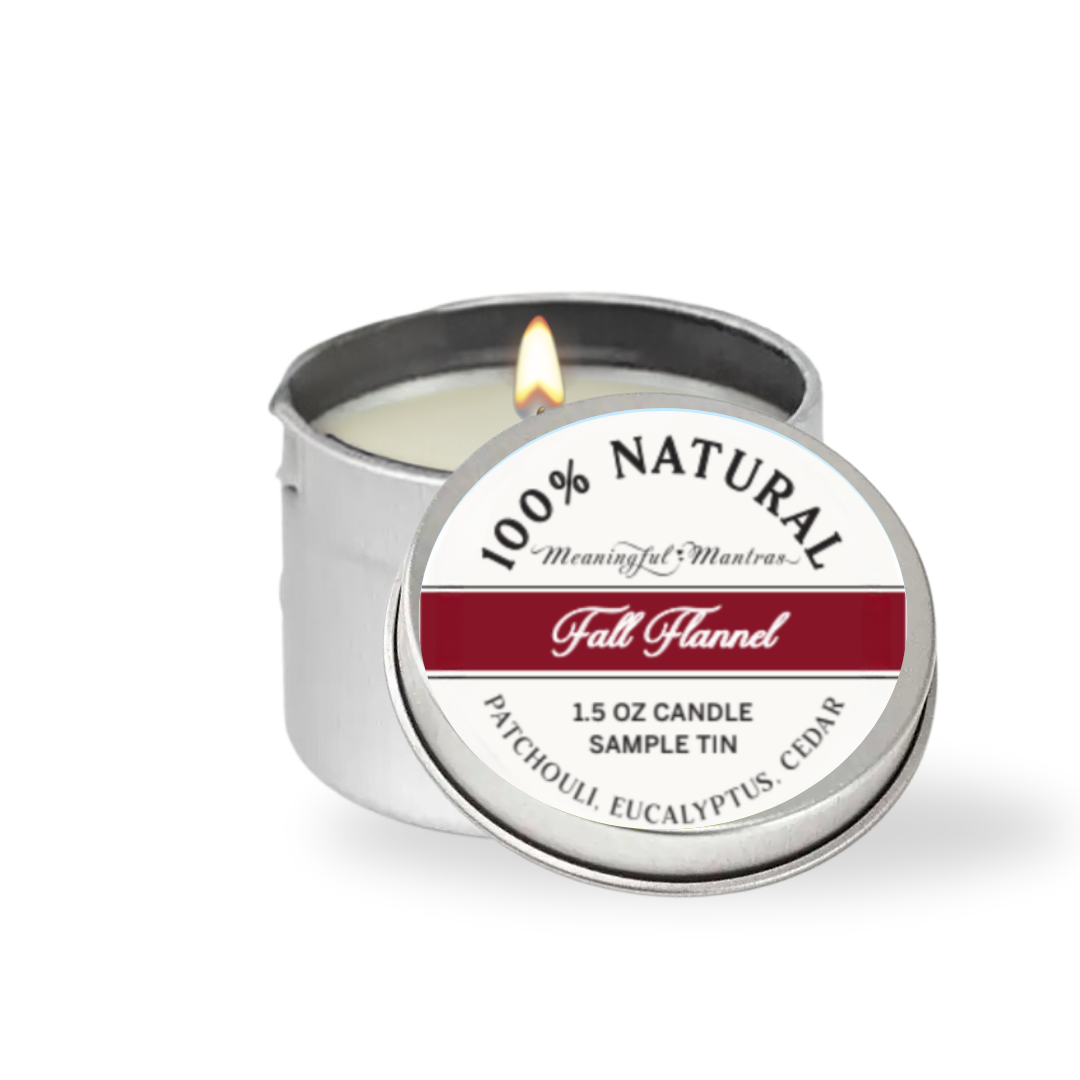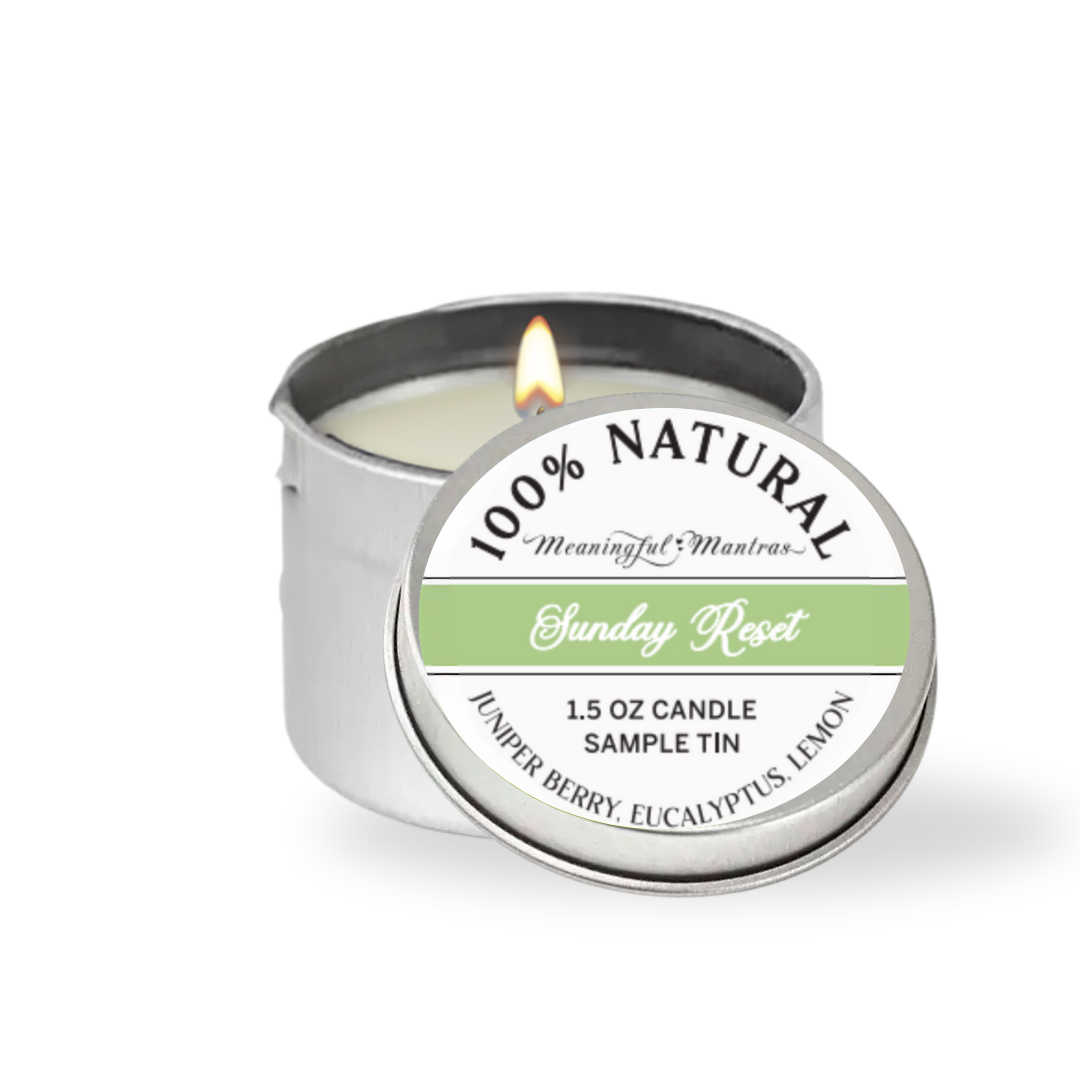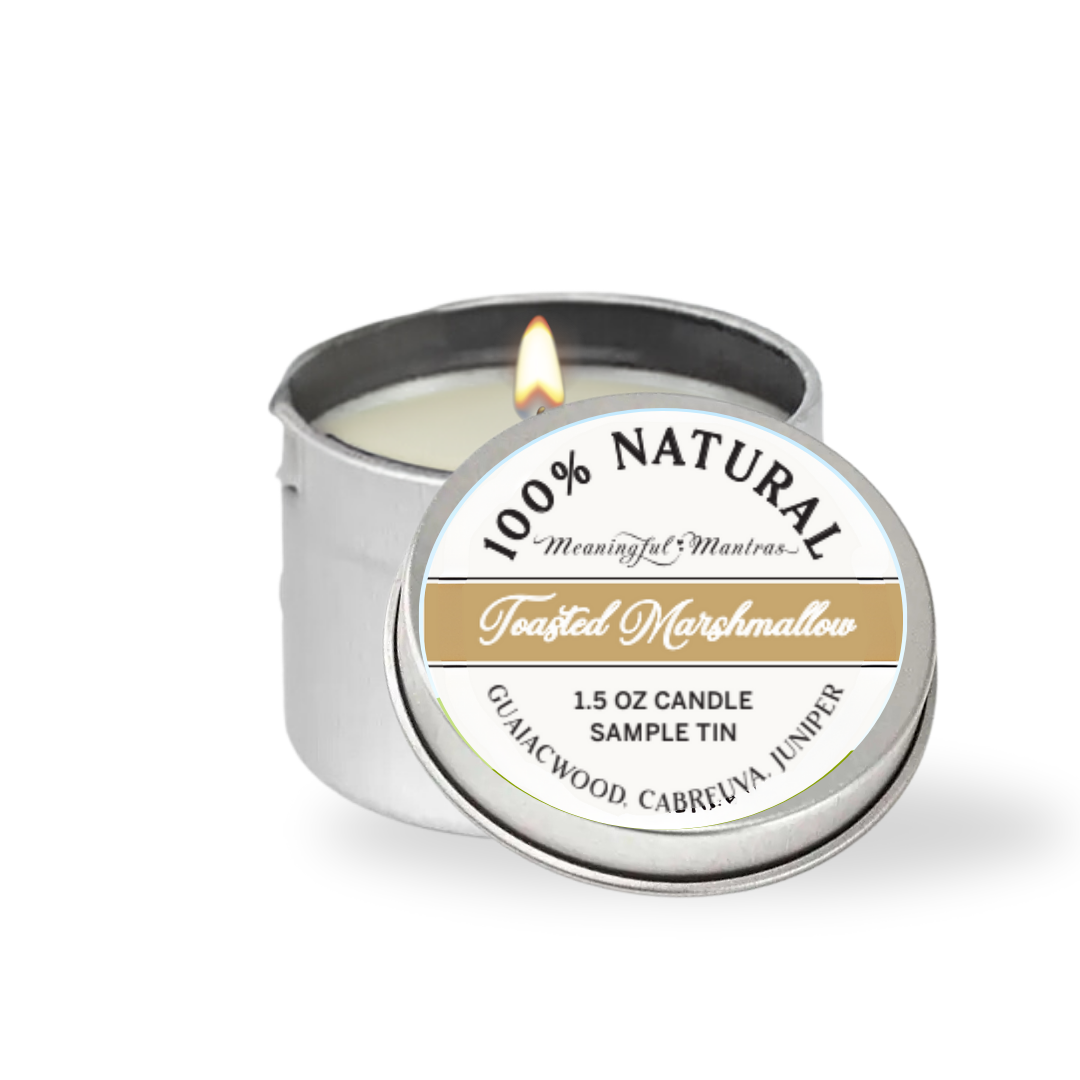Overview: What’s the Problem with Synthetic Fragrance in Candles?
Synthetic fragrance is a common ingredient in mass-produced candles, but it’s also one of the biggest contributors to poor indoor air quality. These lab-created scents often contain undisclosed chemicals, some of which are linked to allergies, asthma, and endocrine disruption. Choosing candles scented with natural essential oils instead of artificial fragrance can help protect your health and create a cleaner, more breathable home environment.
We light candles because we want to feel calm and grounded, or because we want to fill our homes with beautiful scents. But what if the very candles that are supposed to help make us feel better could actually be harming our health?
Many store-bought candles are loaded with nasties and chemicals that could be causing widespread harm. Candles made with paraffin wax and metal core wicks are known to impact the air quality in your home. This could lead to breathing problems and skin problems for residents.
Perhaps more scary is the risk of introducing endocrine disruptors into your space. These are compounds that can interfere with the way hormones function in your body, leading to widespread issues.

In this guide, we’re looking at how fragrance can have an impact on hormone health, and how making a few small switches around your home could help to minimise the risk of exposure.
Fragrance and hormone health
The term “fragrance” is a catch-all term that can be used to conceal dozens of chemicals. Companies use competition laws to help conceal the contents of their products, which means they don’t have to disclose the chemical makeup of the “fragrance” in their products.
The most concerning chemical is something called phthalates, which are added to help make scents last longer in the air. However, these compounds are also linked to endocrine disruption.
The endocrine system is the hormone system that operates throughout your body. It controls things like mood, metabolism, sleep and fertility.
Exposure to endocrine disruptors can impact how your body functions, by blocking, mimicking or impairing the function of hormones in the body. This could lead to mood swings, fatigue, irregular menstrual cycles, thyroid imbalances and difficulty concentrating.
It goes without saying that you’ll want to reduce your exposure to these potentially harmful chemicals. But how can you cut them out without removing the simple joy of candles from your home?

Choosing better candle composition
The key to cutting out nasties from your home environment is to pay attention to the contents of the products you bring into your home.
Despite numerous studies highlighting the dangers of phthalates in everyday household products, they are still prevalent and often concealed. It’s down to individuals to choose to avoid these products and choose non-toxic alternatives.
In candles, this means avoiding any synthetic fragrance and choosing natural scents. Synthetic fragrance is often used because it is cheap, long-lasting and spreads further. However, this comes with health risks, as outlined above.
Essential oils are far safer to use in the home. They do not contain endocrine disruptors and are far less likely to cause health issues. Look for candles that are marked as “non-toxic” and free from parabens and phthalates. If you cannot see the candle ingredients listed anywhere, this is a huge red flag that should not be ignored.
Final thoughts on candles and hormone health
Once you learn about the potential health implications of synthetic fragrance in the home, it becomes harder to ignore. You might start looking around at the contents of household products and wondering if there are hidden nasties lurking inside.
| Feature | Synthetic Fragrance | Natural Essential Oils |
|---|---|---|
| Source | Lab-created using chemical compounds | Extracted from plants, herbs, or flowers |
| Air Quality Impact | Emits VOCs and undisclosed irritants | Minimal emissions, cleaner air |
| Health Concerns | May trigger allergies, asthma, hormonal disruption | Supports wellbeing with natural aromatherapy benefits |
| Transparency | Often labeled vaguely as “fragrance” or “parfum” | Clearly labeled and identifiable ingredients |
| Longevity | Often stronger and longer lasting | Subtle and clean, less likely to overwhelm |
Any time a product lists “fragrance” as an ingredient, this should be a cause for concern. You might be surprised to see how widespread synthetic fragrance is throughout your home, including in cleaning products and your own beauty products.
To ensure your mood-boosting candles don’t become a health hazard, we recommend opting for clean burning and non-toxic candles made by a company that cares. Skip the mass-produced and harmful candles and introduce something more caring into your home.
